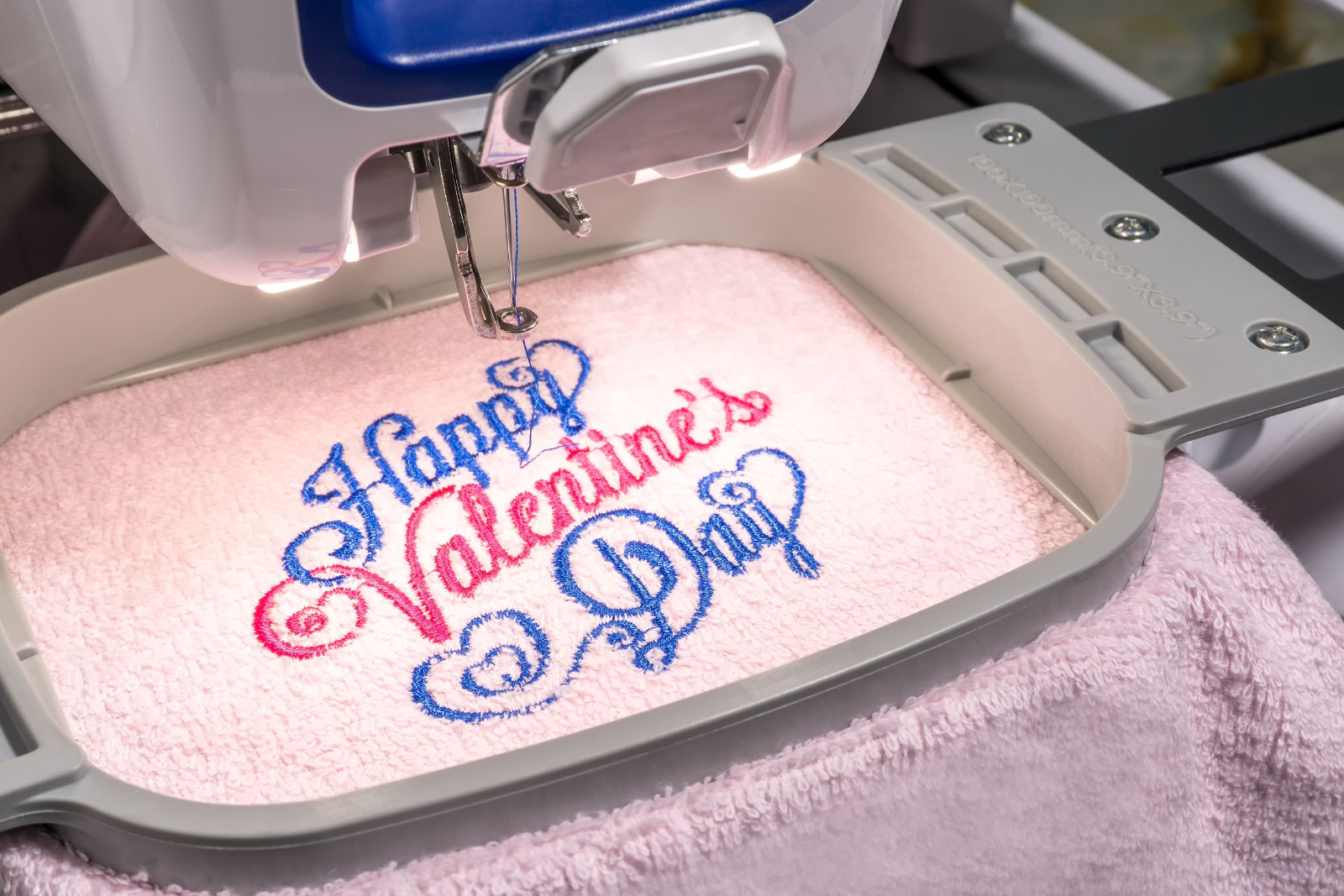Embroidered textiles are beautiful gifts that can add personality to any item. They are often sewn onto a natural fiber such as wool or cotton and take advantage of other fabrics’ warmth and surface area.
Embroidering on fleece, fur, and terrycloth is similar to embroidering on knit and weave fabrics. It can be done by hand or machine, but understanding a few of the guiding principles behind each technique will help you create high-quality, professional-looking products!
Embroidering on Fleece
The possibilities are endless with the proper embroidery machine – you can stitch up to 8,000 stitches per minute to create any type of design imaginable. Fleece is a breathable fabric that doesn’t have threads running through it, making it great for embroidering. It also has an inviting texture that adds interest to any project. The downside? Fleece can be heavy – depending on how thick your project is, your machine may struggle.
Fleece is sold in many different weights. The thickness of the material depends on how many fibers are twisted together.
Embroidering on Fur
Traditionally, fur was used to trim clothing, but people have started using it for different purposes – as an art project or on home décor items like pillows and throw blankets. Fur has a shorter pile than fleece, making it easier to stitch on. What’s more, it comes in various colors and textures that make it fun to work with and incredibly versatile.
Embroidering on terrycloth
Terrycloth is often found in bath towels, dish towels, and washcloths. It’s a thick cotton material that is versatile and absorbent. Terrycloth comes in many colors, textures, and patterns, so it’s a popular choice among designers looking to create unique items.
As you can see from the above list, there are many different materials to choose when you want to embroider. All these materials have in common that it’s a lot easier to work with them than adding designs to metal, glass, or plastic!
Taming High Pile Fabrics
When you embroider on high pile materials, three common things happen:
- The fibers tend to poke through the designs.
- The hidden fibers tower over the smaller elements.
- The edges look rough.
That is why it is vital to tame the texture using either support stitches or structural underlay.
Support Stitches
A field of support stitching run before the main design can support small elements when embroidering on high pile fabrics. There are embroidery machines with a one-click method for creating a support stitching field. It generates a filled element extending several millimeters outside the design in the fabric’s color below.
Structural Underlay
A heavier and more structured underlay is recommended for larger designs with freestanding elements. It is often referred to as the German underlay, commonly used for large monograms on high pile fabrics. The method includes a contour or edge walk followed by a tight double zigzag underlay, and the structure works like a boardwalk over a grassy field.
Here are some additional tips!
- The wash-away dissolving films can disappear with washing and don’t hold down the pile. Permanent tearaway toppings can work, especially for those not doing digital embroidery. It effectively tames the fibers breaking through the design and over the edges.
- Applique can hold back any textured surface or material. It will provide a smooth and uniform surface where you can stitch.
- Trimming or clipping is not advised depending on the material used. It’s because it can contribute to unraveling or runs.
These are some of the tricks on fighting fibers and stray loops. Another option you can consider is redirecting the texture and going with the flow. This is called embossing and works by creating negative spaces in the design using the height texture as primary design elements. There are endless options to what you can emboss as long as you can provide a large enough negative space.
In conclusion, embroidering on Fleece, Fur, and Terrycloth is fun and creative, with many applications that anyone can enjoy. It is easy to use, but it requires some practice. All you need is an embroidery machine and the right techniques to get started!
Embroidering on these materials can be used to embellish any project from clothing and accessories, home décor items like pillows, towels and throw blankets, canvas bags, hats, and all manner of memorabilia.

